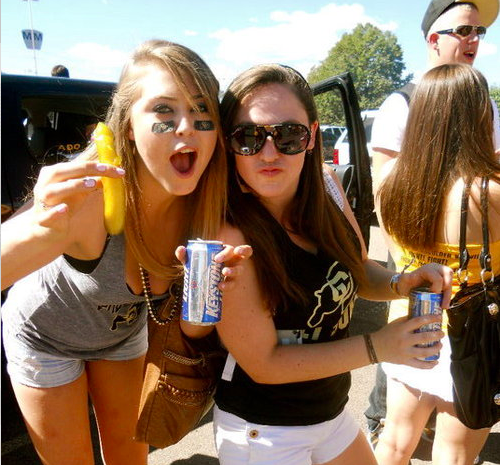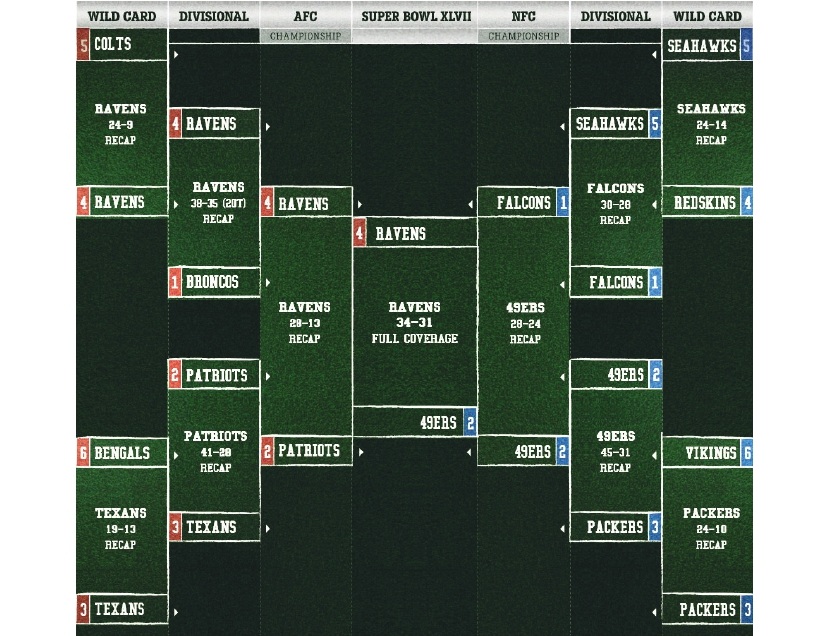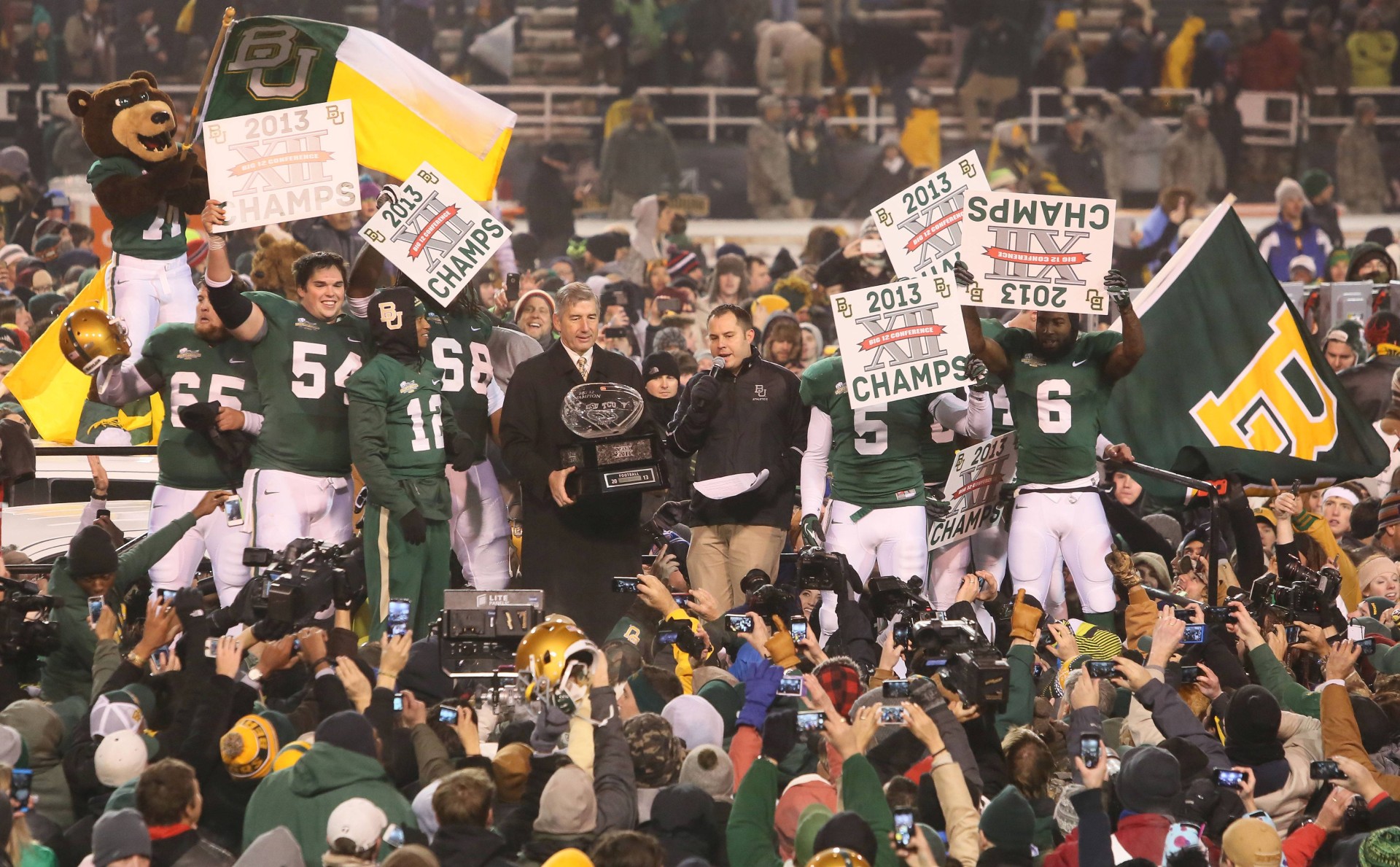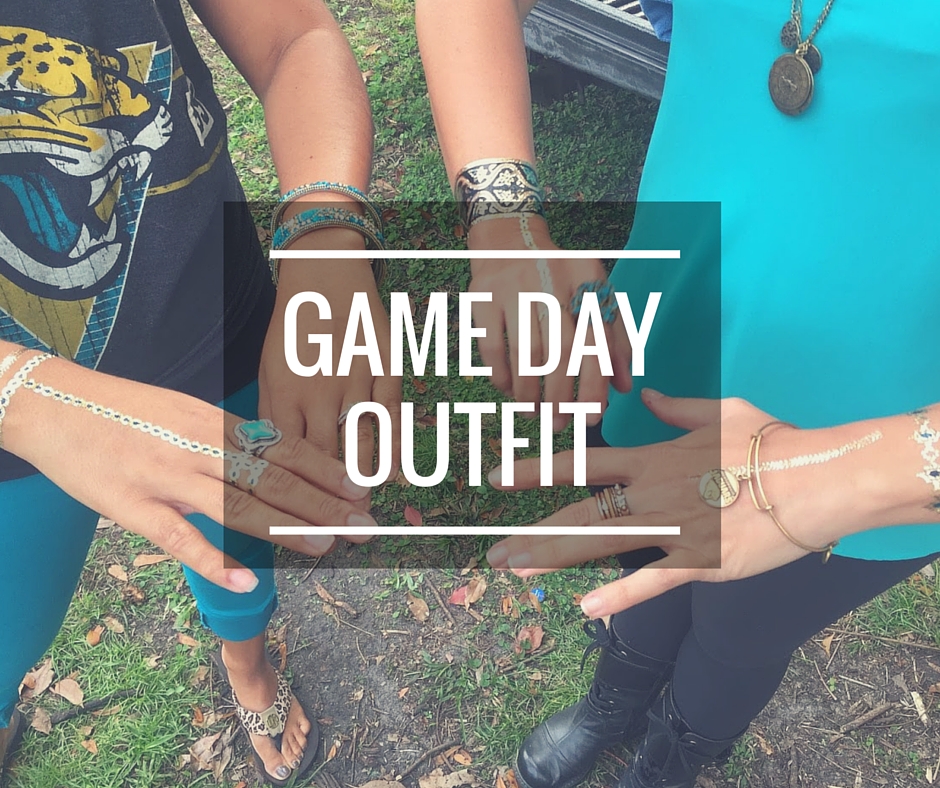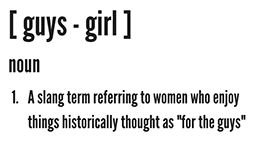Ten minutes into a game at Mountaineer Field, numerous police are dispatched all over the stadium for “Code V’s,” aka vomit alert. The over-consumption of alcohol and dealing with “Code V’s” at events was a common occurrence three years ago until West Virginia decided to become one of the first colleges in the country to allow alcohol sales.
Now that they’ve allowed it, the university has seen a drop in alcohol related incidents, and over a half a million dollar increase in overall revenue.
Alcohol sales in college stadiums was once a taboo topic, but this year alone more than 30 schools are allowing it, according to a recent Outside the Lines study.
But not all schools are so gung-ho. Take the Michigan Wolverines, for example.
“We’re working hard to send a different message as it relates to the amount of alcohol consumed and in some cases, we’re carting people off to the hospital because they just don’t know when to shut it off” says now-former Michigan Athletic Director David Brandon.
And Brandon is not alone. Plenty of fans who’ve been going to the games for years believe that allowing alcohol sales is a disaster waiting to happen. Others feel that the game should be enjoyment enough, with no booze needed.
Conferences like the SEC outright ban any school from selling alcohol, and also will not allow the advertisement of it.
However, the SEC and traditionalists are slowly becoming more attentive due to the need for increased revenue. West Virginia is a perfect example of how well the new model works. From 2011-2013, the university has pulled in $1.67 million dollars in alcohol sales alone.
There’s also the belief that providing alcohol inside a stadium curves binge drinking. The prevailing thought is that fans are more responsible because they’re not chugging as much booze as possible prior to the game in order to keep a long buzz.
West Virginia Athletic Director Oliver Luck says alcohol related incidents are down since the school has changed its policy. This is due to having more control on when alcohol is sold, to whom it is served and the bartenders’ ability to cut someone off if he or she is overly intoxicated.
“When we had the ban, [alcohol] was already being smuggled in. Charging $8, $9 or $10 for a beer is a good thing because fans consume less when the price is high” said Luck.
For more on the debate about alcohol sales at college events, you can read the full Outside the Lines story here and watch the below video.
Featured image via We Heart It
This article originally appeared on Gamedayr

